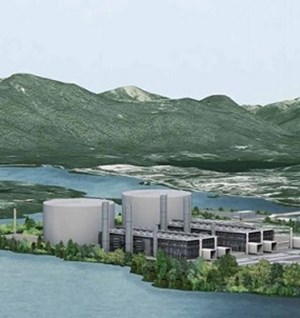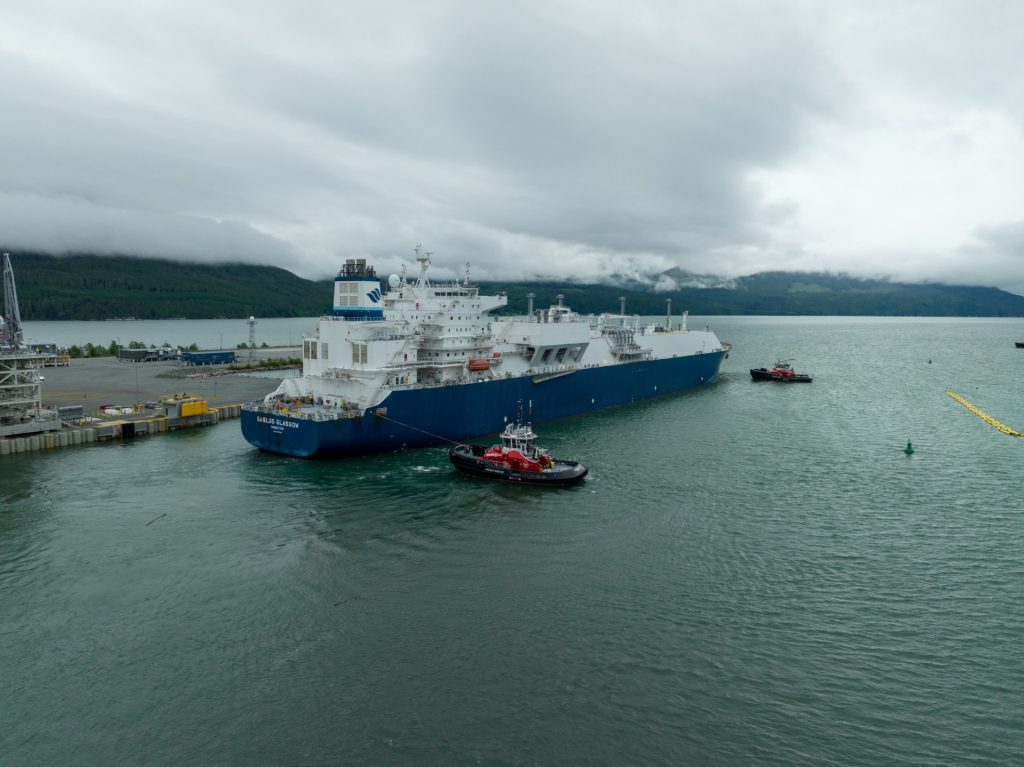LNG Canada has successfully shipped the first liquefied natural gas (LNG) export cargo from its newly-constructed facility located in British Columbia, Canada.

LNG Canada is a joint venture between Shell (40% working interest), Petronas, Mitsubishi Corporation, PetroChina and KOGAS.
Fluor and its joint venture partner, JGC Corporation, have provided critical engineering, procurement, fabrication management, construction and commissioning services since 2018 to build the facility and support its safe startup. JGC Fluor’s involvement in the LNG Canada Project continues through commissioning support and long-term operational readiness services.
“This is a significant achievement in Canada’s energy landscape and a pivotal moment for Fluor,” said Mike Alexander, Fluor’s Business Group President of Energy Solutions. “First cargo marks the culmination of years of collaboration, innovation and a shared commitment to project delivery excellence between LNG Canada, JGC and Fluor.”
Located on Canada’s west coast, the LNG Canada facility benefits from access to abundant, low-cost natural gas and an ice-free harbor. The plant is the first-of-its-kind in Canada with an annual production capacity of up to 14 million tonnes of LNG. It positions Canada as a major supplier of lower carbon natural gas to global markets and will operate under a 40-year license.
“This facility establishes the global benchmark for responsible LNG development,” added Pierre Bechelany, President of Fluor’s LNG & Power business. “Its design enables LNG Canada to produce LNG with some of the lowest emissions of any large-scale LNG facility in the world.”
JGC Fluor used an innovative modular fabrication approach to achieve significant schedule efficiencies by allowing site preparation, early works and construction to occur at the same time as the module fabrication off-site. More than 215 modules were delivered and set into place at the site from January 2022 to July 2023. The largest modules measured approximately 45 m wide, 75 m deep and 47 m in height. The project also included the construction of the second largest LNG storage tank in the world, standing 56 m high and 75 m in diameter with a volume of more than 225,000 m3.
The first cargo from the plant in British Columbia was loaded on the vessel Gaslog Glasgow. The cargo is said to be headed for Asia markets in an effort to meet increasing demand.

